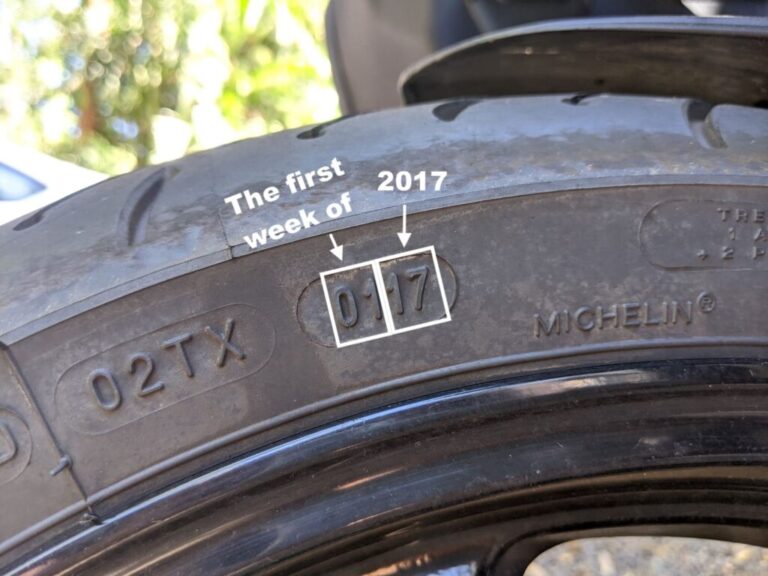Continental tires have been around for decades. Still, car owners have divided opinions about how long they can last.
We’ve looked at how noisy Continental tires are and whether Continental tires are worth the price tag. Now it’s time to look at exactly how durable they are.
Are you looking for new tires but unsure if you should purchase Continental tires? Perhaps you want to know how Continental tires rate?
This guide answers those questions and more.
Continental tires last between 15,000 and 70,000 miles, depending on how hard they are driven. When the tires are not being used much they can last as long as 6 years, but normally they will wear out after 3-4 years.
Table of Contents
How many years do Continental tires last when not used much?Most Continental tires can last you for 6 years when not used much. But you’d still need to do an annual tire inspection after the fifth year.
Cars owners have divided opinions about the longevity of Continental tires.
While Continental says a Continental tire can last up to 10 years. Car owners say most Continental tires can last for only 3 to 5 years.
It all depends on which region you live in.
Remember, you still need to take good care of your Continental tires, even if you don’t use them much.
For instance, Continental recommends that you regularly check your tire pressure.
Furthermore, ensure that your tires are always safe, especially when you store them. Follow these guidelines to keep your Continental tires safe:
Most standard Continental tires will last you 15,000 miles to 70,000 miles. Each tire has a different rubber compound. Why? Because Continental understands that each tire application is unique.
Hence, Continental offers summer tires, winter tires, all-season tires, run-flats, and SUV tires.
Overall, Continental tires are rated for 90,000 miles. But that doesn’t mean all cars with Continental tires will last that long.
Your driving habit will determine how quickly your Continental tires wear out.
Here are some of Continental’s popular tires.
Continental offers a 6-year or 30,000-mile tread life warranty on the ExtremeContact Sport.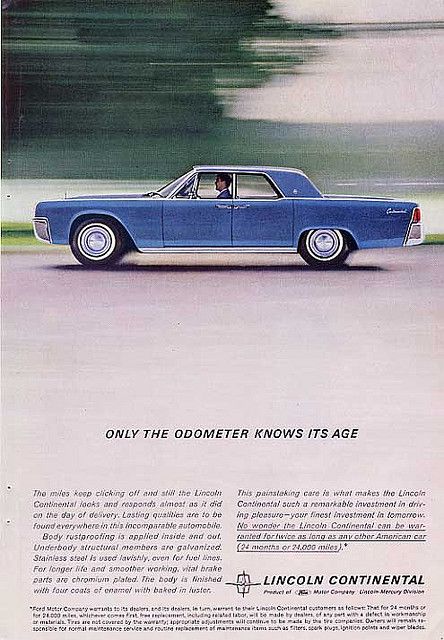 Expect the mileage to be half if you use different sizes on the front and rear.
Expect the mileage to be half if you use different sizes on the front and rear.
This tire can last you for three years.
In addition, Continental offers you a one-year or first 2/32 inch of wear on tire uniformity.
This is a durable all-season touring tire. And it has an 80,000 miles warranty. If you take good care of it, Continental TrueContact can last you for seven years.
Continental TrueContact is an all-season tire that can navigate wet, dry, and snowy conditions.
This is another popular tire by Continental.
Most drivers love it for its reliable grip in wintry conditions. It comes with cutting-edge technology that allows you to navigate slippery terrain.
Expect it to last you over six years.
This all-season tire has a 50,000 miles treadwear rating, lasting for three years.
You will get a six-year warranty for tread life when you use this tire.
You will also get a uniform warranty at an initial 2/32 inches of wear or one year of tread life. Expect it to last you for three years.
This Continental will last you 6200 miles to 10000 miles. Of course, depending on which region you live in.
Do Continental tires last longer than other brands?If you take good care of Continental tires, they should last you long. Most tire experts recommend Continental tires for their durability.
Drivers who use Continental all-season tires find them safe and durable. The same applies to winter tires, which other drivers find more durable than other brands.
Continental tires are also touted for their better steering response.
They also deliver reliable grip, traction, and handling in conditions and surfaces.
Sometimes even better than competing tire brands.
But that doesn’t mean their quality won’t deteriorate if you don’t take good care of them.
Here are some of the factors that reduce the quality of Continental tires.
Continental tires are pricey but worth the high price tag. They will not always be the first choice for all car owners. But if you are looking for durable tires, you won’t go wrong with them.
There is a good reason why car owners pay more for Continental tires. First, Continental invested money to ensure that each Continental tire is top quality.
First, Continental invested money to ensure that each Continental tire is top quality.
Secondly, Continental scientists use a unique rubber compound to produce tires that last you for years.
Furthermore, Continental is one of few tire manufacturers that uses cutting-edge technology to enhance the durability of their tires.
If you take a good look at the tread patterns of each Continental tire, you will notice how unique they are.
Continental has both affordable and pricey tires.
Each expensive Continental tire will usually have features that justify the high price tag.
For example, Continental ProContact GX SSR, which costs around $288, is a luxury touring all-season tire that offers excellent performance. This tire also provides a quiet, comfortable ride and outstanding fuel efficiency.
How do continental tires rate?Continental tires have an impressive rating in the market. In 2021, tire experts gave Continental tires a steady 4.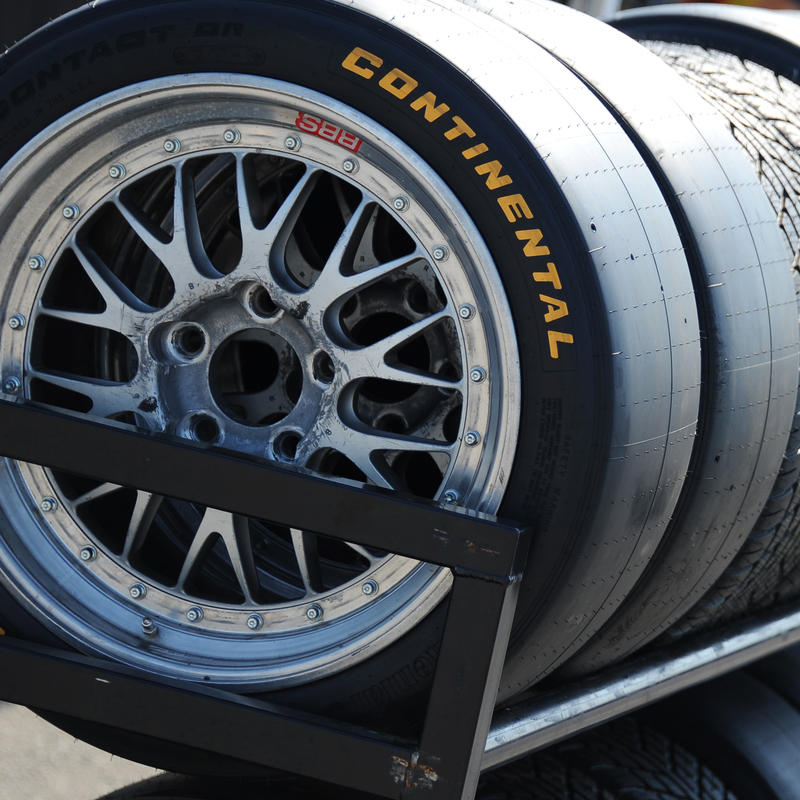 0 out of 5.0-star rating.
0 out of 5.0-star rating.
Most drivers are happy with Continental all-season tires. Meanwhile, Continental Sport Contact 5 is touted for its tight grip on the road.
Continental went on to win more tests than any other brand, and Continental Sport Contact 5 was rated high.
There is now a newer Continental PremiumContact 6, which offers excellent wet braking abilities. This contemporary tire can also improve mileage with its Safety Silica Compounds.
Are Continental tires still considered high-quality?Continental tires are still considered high-quality by many car owners and tire experts.
They are an excellent choice for both winter and all-season tires.
Continental tires deliver traction, excellent steering response, and outstanding grip on slippery terrains.
Other than that, Continental Tires are durable, fuel-efficient, and comfortable. Hence, any car owner who uses Continental tires is likely to use them again.
While Continental tire produces some of the best tires, it’s crucial to research each tire properly. This will allow you to put the right Continental tires on your car.
Final ThoughtsLastly, as much as Continental tires are quality, you should care for your tires. If you are unsure how to do this, visit the Continental website.
They publish tons of valuable content about taking care of your tires.
Also, make sure you do the following.
 It will allow you to ensure Continental tires get sufficient air pressure. First, remove the valve cap on your tire. Then press the air pressure and wait for it to stop making a hissing sound.
It will allow you to ensure Continental tires get sufficient air pressure. First, remove the valve cap on your tire. Then press the air pressure and wait for it to stop making a hissing sound.Was this article helpful?
Great!
Click to share...
Did you find wrong information or was something missing?
We would love to hear your thoughts! (PS: We read ALL feedback)
Name (not required)
Email (not required)
Message
There is no way to tell exactly how long a tire will last but it’s important for consumers to note that tires do, in fact, have a lifespan. That lifespan depends on a combination of factors including a driver’s habits, tire design, climate, road conditions, and service of the tire.
That lifespan depends on a combination of factors including a driver’s habits, tire design, climate, road conditions, and service of the tire.
The tire industry has long recognized the consumer’s role in the regular care and maintenance of their tires. The point at which a tire is replaced is a decision for which the owner of the tire is responsible. A tire service professional at your local Continental dealer should be consulted with any questions about tire service life. The following recommendations are made to aid in assessing the point of maximum service life.
What damages tires?
There are many factors that contribute to wear and tear of a tire. Aside from age, road conditions like potholes, speed bumps, curbs, and debris in the road are primary contributors. Also driving habits including, but not limited to, speeding, quick starts, ignoring changes in handling, and emergency braking. While not obvious, climate does have an effect on tires. When exposed to extreme temperature (hot or cold), direct sunlight, rain, snow and ice, as well as various chemicals like oil and grease, this can wreak havoc on your tires and you may not even know it.
When exposed to extreme temperature (hot or cold), direct sunlight, rain, snow and ice, as well as various chemicals like oil and grease, this can wreak havoc on your tires and you may not even know it.
Another consideration is improper use of tires. Using a spare tire as a permanent replacement,mixing tire types, using summer tires in winter and vice versa, using tires on damaged wheels, and fitting tires that do not have the speed capability and load index at least equal to or higher than those specified by the vehicle manufacturer, can all lead to damaged tires.
How can I take care of my tire(s) to extend their life?
Tires are designed and built to provide thousands of miles of excellent service. For maximum benefit, tires must be maintained properly to avoid tire damage and abuse that may result in tire disablement. The service life of a tire is a cumulative function of the storage, rotation and service conditions, which a tire is subjected to throughout its life (load, speed, inflations pressure, road hazard injury, etc.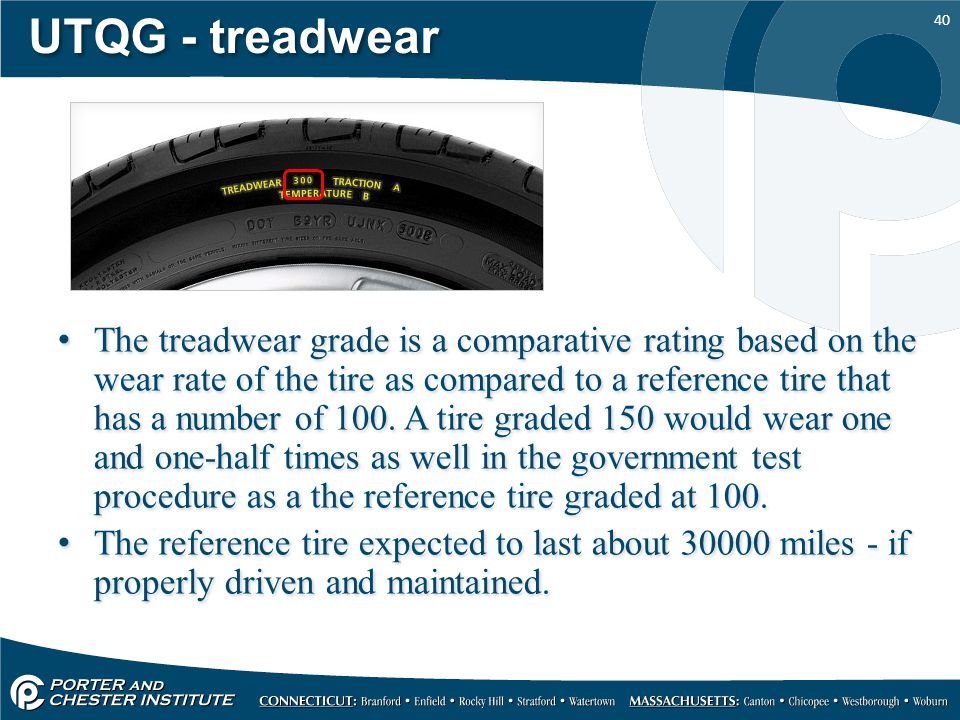 ). Since service conditions vary widely, accurately predicting the service life of any specific tire in chronological time is not possible.
). Since service conditions vary widely, accurately predicting the service life of any specific tire in chronological time is not possible.
You can increase the longevity of your tire through proper maintenance. When thinking about tire maintenance you should be:
When should I remove my tire(s) from service?
Tires should be removed from service for numerous reasons, including tread worn down to minimum depth, damage or abuse (punctures, cuts, impacts, cracks, bulges, under inflation, overloading, etc.). For these reasons tires, including spares, must be inspected routinely, (i.e., at least once per month). Regular inspection becomes particularly important the longer a tire is kept in service.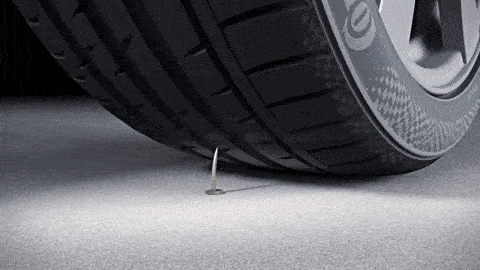 If tire damage is suspected or found, Continental recommends that the consumer have the tire inspected by a tire service professional. Consumers should use this consultation to determine if the tires can continue in service. It is recommended that spare tires be inspected at the same time. This routine inspection should occur whether or not the vehicle is equipped with a tire pressure monitoring system (TPMS).
If tire damage is suspected or found, Continental recommends that the consumer have the tire inspected by a tire service professional. Consumers should use this consultation to determine if the tires can continue in service. It is recommended that spare tires be inspected at the same time. This routine inspection should occur whether or not the vehicle is equipped with a tire pressure monitoring system (TPMS).
Consumers are strongly encouraged to be aware of the tires’ visual condition. Also, they should be alert for any change in dynamic performance such as increased air loss, noise or vibration. Such changes could be an indicator that one or more of the tires should be immediately removed from service to prevent a tire disablement. Also, the consumer should be the first to recognize a severe in-service impact to a tire and to ensure that the tire is inspected immediately thereafter. Tire storage and rotation are also important to the service life of the tire.
How many years will my tire(s) last?
Continental is unaware of any technical data that supports a specific tire age for removal from service.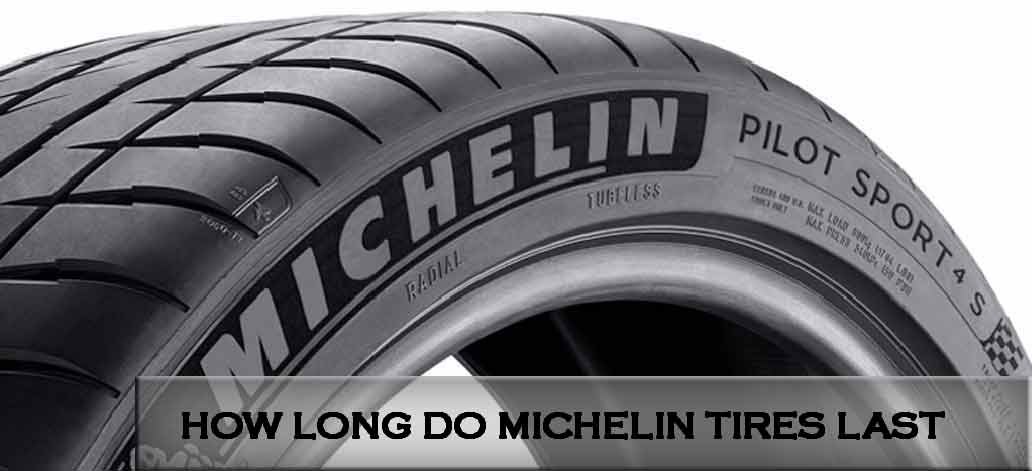 However, as with other members of the tire and automotive industries, Continental recommends that all tires (including spare tires) that were manufactured more than ten (10) years previous be removed from service and be replaced with new tires, even when tires appear to be usable from their external appearance. Even if the tread depth may not have reached the minimum wear-out depth. Vehicle manufacturers may recommend a different chronological age at which a tire should be replaced based on their understanding of the specific vehicle application; Continental recommends that any such instruction be followed. Consumers should note that most tires would have to be removed for tread wear-out or other causes before any proscribed removal period. A stated removal period in no way reduces the consumer’s responsibility to replace tires as needed.
However, as with other members of the tire and automotive industries, Continental recommends that all tires (including spare tires) that were manufactured more than ten (10) years previous be removed from service and be replaced with new tires, even when tires appear to be usable from their external appearance. Even if the tread depth may not have reached the minimum wear-out depth. Vehicle manufacturers may recommend a different chronological age at which a tire should be replaced based on their understanding of the specific vehicle application; Continental recommends that any such instruction be followed. Consumers should note that most tires would have to be removed for tread wear-out or other causes before any proscribed removal period. A stated removal period in no way reduces the consumer’s responsibility to replace tires as needed.
0003
Related materials
7 rubber signals: what the tire says about car problems
How do you know when tires are completely worn out and it's time to change them? Everything is simple. For summer tires, the limit is 1.6 mm of residual tread depth, and for winter (or all-season tires used in winter) - 4 mm. Modern summer tires can travel from 40,000 to 70,000 km, depending on driving style and vehicle characteristics. An average motorist rolls such a mileage on summer tires in 2-3 seasons. Moreover, wear implies not only a decrease in tread depth. For millions of cycles of deformation, the strength of the carcass and its adhesion to the layers of the rubber compound are violated. In short, every 2-3 years you should buy a new set of tires.
For summer tires, the limit is 1.6 mm of residual tread depth, and for winter (or all-season tires used in winter) - 4 mm. Modern summer tires can travel from 40,000 to 70,000 km, depending on driving style and vehicle characteristics. An average motorist rolls such a mileage on summer tires in 2-3 seasons. Moreover, wear implies not only a decrease in tread depth. For millions of cycles of deformation, the strength of the carcass and its adhesion to the layers of the rubber compound are violated. In short, every 2-3 years you should buy a new set of tires.
In case of irreparable damage to one of the tires and a relatively high total mileage of the kit, it is also worth considering replacing it. Well, or about buying at least a pair of new tires, which, for any type of drive, should be installed on the front axle. We put two tires back - the most decent of the remaining ones.
Many motorists drive only a few thousand kilometers a year. This does not mean that the tires will serve you for several decades. According to Russian requirements (GOST 4754-97), the service life of passenger car tires is 5 years from the date of manufacture. And for example, Continental recommends that all car tires (including the spare tire) older than 10 years old should be replaced with new ones. Therefore, with small runs, you can navigate for ten years. The date of manufacture of the tire is indicated on the sidewall. Usually it is an oval with four numbers. The first two are the ordinal number of the week in the year, the last two indicate the year.
This does not mean that the tires will serve you for several decades. According to Russian requirements (GOST 4754-97), the service life of passenger car tires is 5 years from the date of manufacture. And for example, Continental recommends that all car tires (including the spare tire) older than 10 years old should be replaced with new ones. Therefore, with small runs, you can navigate for ten years. The date of manufacture of the tire is indicated on the sidewall. Usually it is an oval with four numbers. The first two are the ordinal number of the week in the year, the last two indicate the year.
Related materials
How to change the car yourself - detailed instructions
Tires should be rotated periodically in accordance with the vehicle manufacturer's recommendations - information on this can be found in the owner's manual.
We can advise you to carefully use the tires and, most importantly, to store them correctly in the off-season. First of all, during storage, it is important to exclude direct sunlight from hitting the tires, which greatly age the rubber. Tires without rims should be placed vertically, and stacked on rims.
First of all, during storage, it is important to exclude direct sunlight from hitting the tires, which greatly age the rubber. Tires without rims should be placed vertically, and stacked on rims.
And before installing tires on a car at the beginning of the season, evaluate their condition. There should be no cracks in the tread and sidewalls. The tire should not be dry, it should remain rubbery and not look like baked plastic.
Related materials
Driving on badly worn tires - will I be fined or not?
Winter tires have a much shorter life span. They almost always fail due to the wear of the treadmill, because the tread of a new tire is 7–8 mm, and only 3–4 mm remain working height. If the tires are studded, then with such wear there are very few metal elements left, and the tire will not provide adequate safety when driving on a winter road. However, not only spikes, but also Velcro, with such a degree of wear, also lose most of their capabilities.
The real life of winter tires rarely exceeds 30,000 km. "Bald" winter tires without studs can be re-rolled in summer, but their grip on hot road surfaces will be very poor. This must be taken into account, especially when braking.
***
So: tires that have not yet worn out along the tread (that is, up to 1.6 mm tread depth for summer tires, 4 mm for winter tires) are changed either ten years after the date of issue, or when the rubber layer cracks tires or damage.
Our new video
Test of the most affordable (well, almost) crossover for the family
Test of the new Chinese crossover Skywell ET5
Nissan outside, “Chinese” inside — test of the new Russian car
Like this post? Subscribe and you will always be in the know!
Driving on Yandex.Zen
News smi2.ru
Many novice motorists do not know the year of manufacture of the tires they use.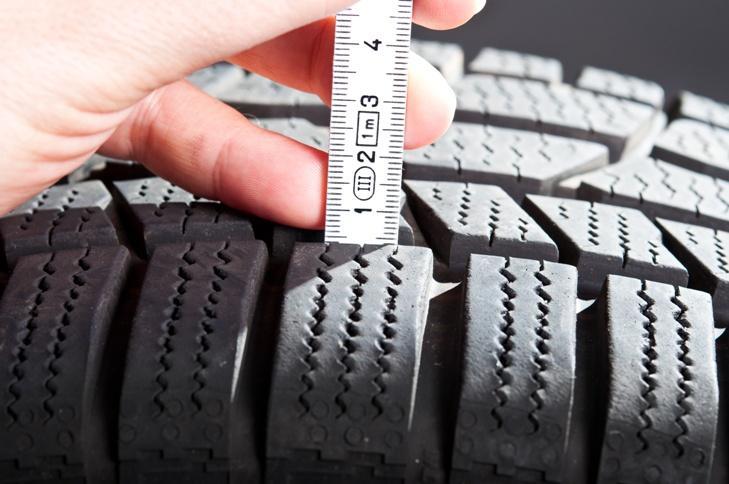 Often this happens due to the fact that drivers do not know where to look at the release date numbers and how to find out the year of rubber. It is not difficult to understand this issue in order to understand how to accurately determine the year of manufacture of tires. This information is important and helps to find out how many years a set of ramps can potentially last and in what condition it is.
Often this happens due to the fact that drivers do not know where to look at the release date numbers and how to find out the year of rubber. It is not difficult to understand this issue in order to understand how to accurately determine the year of manufacture of tires. This information is important and helps to find out how many years a set of ramps can potentially last and in what condition it is.
So, look where the date of manufacture of the tire is written on the sidewall. Regardless of the brand, country of production and market, the tire is marked with the DOT (Department Of Transport) code. The last 4 digits of this code are in an oval that is easy to find. They contain the production date. For example, the marking of the year of manufacture of tires could be “1821”:

Some tires (manufactured before 2000) may contain only three instead of four digits. The designation “118” means that the wheel was produced in the 11th week of the 8th year. In order to more accurately determine which decade we are talking about, you need to pay attention to what is indicated after the numbers. If some character is present (it can be a space - “118_” or a triangle - “118 ▵”) the release date is 1998th, and if not, then 1988th.
Answer: “Yes!”. Like any product, automotive rubber has a certain expiration date and a period of permitted use.
According to average recommendations from leading brands - the maximum age of car tires is 10 years . At the same time, from the date of production to sale, provides 5 years of storage and 5 years for operation .
These tires are sold exactly the same as newly released tires (the store must provide the customer with information about the date of issue, unless the tires are older than two years).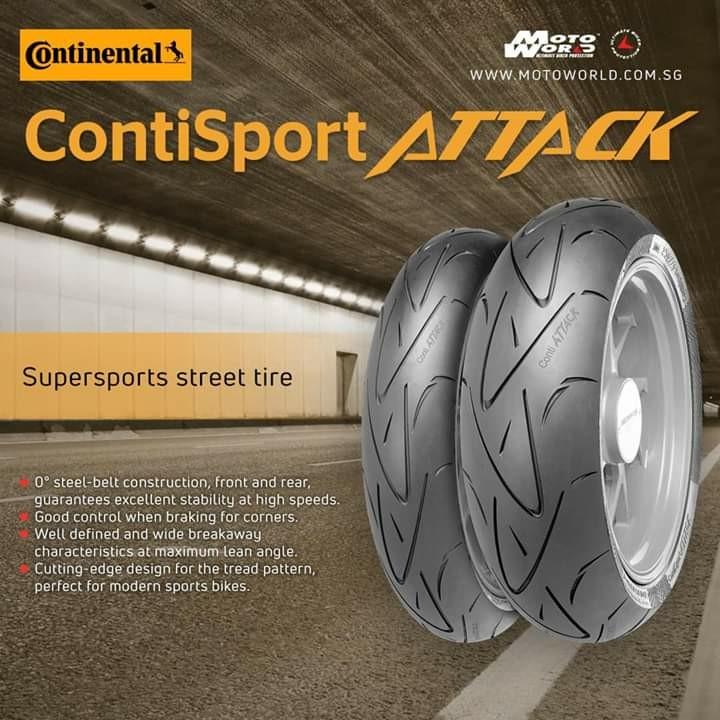
At the same time, it should be taken into account that in each specific case, the tire service life is individual, as it depends on many factors (for example, wear, which is affected by the quality of the road, the weight of the car, and not only).
According to the order of the Ministry of Infrastructure of Ukraine No. 549: if the manufacturer of rubber or vehicle does not set allowable service life from the date of production, then it is no more than 7 years for passenger cars.
Extracts from the above document:
13#Text)
Each brand has a different estimate of the allowable age of its products, as it has its own set of technologies and standards. We suggest that you familiarize yourself with the information that is presented on the official websites of famous brands.
⭕ MICHELIN
Perhaps the most active information company about the impact of time on tires and the persistent struggle against the myth of “perishable wheels” is one of the market leaders - Michelin. Everyone remembers the sensational slogan of the French tire manufacturers: “Tires are not bananas” (Tyres Are Not Bananas). To prove that tires are not perishable, independent organizations have carried out a series of tests in countries such as Germany and South Korea.
According to the results of the research, there was no difference between new tires and those that were stored in the warehouse for 3 years (subject to all conditions). Testing tested high-speed handling, rolling resistance and more. It was also an interesting discovery that tires produced a year ago practically did not differ in performance from tires that had been in the warehouse for 10 years.
Michelin Corporation draws the attention of motorists to the fact that the age of tires is not as important as the immediate service life, which starts counting from the moment it is mounted on the disk. It is after installation on tires that at least the pressure begins to influence, and with full operation, other factors.
It is after installation on tires that at least the pressure begins to influence, and with full operation, other factors.
(Check out the video “Do tires really age? Michelin experts answer” on the official Michelin YouTube channel at: https://youtu.be/oZnYHQOnHfc)
90502 (also 90 you can read the original article on the official website of the manufacturer: https://www.michelin.in/auto/michelin-tyres-are-not-bananas)As for the advice from other famous brands, they are almost the same: tires can store for 5 years, and it is necessary to change after reaching the period of 10 years.
Recommendations for the shelf life and use of automotive rubber on the official websites of other well-known tire manufacturers: index/identifier/warranty)
⭕ CONTINENTAL
0151
⭕ NOKIAN
-ponatie-srok-sluzby-siny/)
Tire life is determined by two criteria:
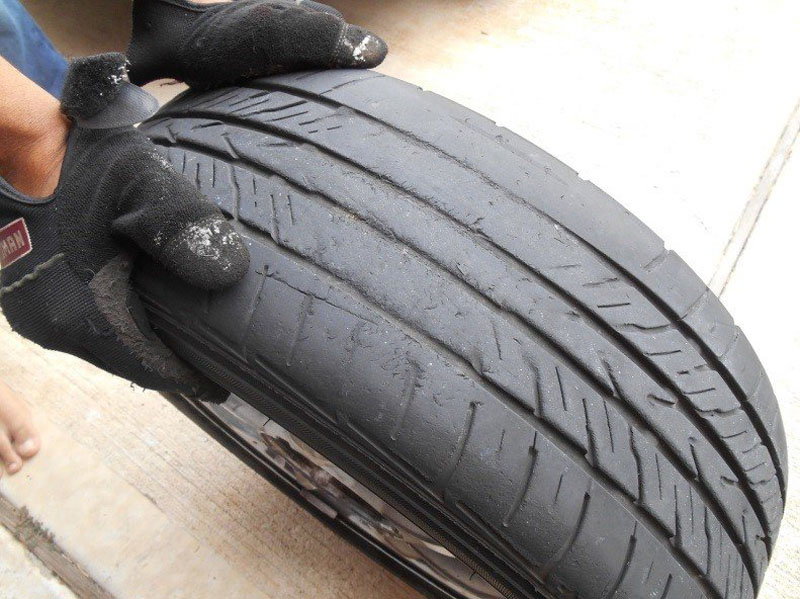
Tires need to be changed if at least one of these criteria is due. We discussed the duration of storage and operation above, and now we will get acquainted with the parameter "Residual tread depth".
Most car owners have made it a habit to check the condition of the tread “by eye”. For example: “there are still grooves - good, enough for this season” - which is fundamentally wrong.
To some extent, every motorist decides for himself what kind of rubber to move on, “bald” or not. But in the pursuit of saving money on buying a new set of tires, such unscrupulous drivers are putting not only their lives at risk, but also the lives of other road users.
According to the traffic rules of Ukraine, namely the section “Technical condition of vehicles and their equipment” - , the use of passenger cars is prohibited if the residual tire tread depth is less than 1.6 mm.
Excerpts from the rules:
-2001-%D0%BF#Text)
It is important to understand that even the allowable wear of the tread part of the tire of 4 mm negatively affects the vehicle's handling and, therefore, adversely affects safety. And if we talk about the maximum permitted value of 1.6 mm, controllability drops several times. Based on this, we strongly recommend that you think about replacing a set of rubber before this limit.
And if we talk about the maximum permitted value of 1.6 mm, controllability drops several times. Based on this, we strongly recommend that you think about replacing a set of rubber before this limit.
The table below will help you visually see how the contact patch with the roadway decreases and, accordingly, traffic safety with different tread wear and speed on water obstacles, 2 mm deep.
Under the influence of time, the tire loses the necessary elasticity due to chemical reactions and its performance decreases.
The following external factors contribute to the aging process:
When aging has passed into the active phase, it can be seen with the naked eye by the following main features:

If the above has been found, this is a reason to buy new tires, as postponing this issue “until better times” can be dangerous.
As mentioned above, leading companies insist that it is important to change tires if they "celebrated their 10th birthday", and 5 years are allotted for storage. Moreover, if the tire, for example, is 6 years old, this does not mean that it automatically becomes unusable. If the storage was appropriate, then the technical properties will not differ much.
Many drivers ask tires that were made a few years ago, is it possible to buy these? We answer: “ Yes , under all conditions of storage of such age of rubber will not bring any loss of characteristics of . In addition, such a set of wheels will often cost a little less than one that just rolled off the assembly line.”
Tips to make your tires last longer:
 Check it every 2-3 weeks, if the pressure is below / above normal, rubber wear will increase.
Check it every 2-3 weeks, if the pressure is below / above normal, rubber wear will increase. Summing up, we can say that if all the requirements for the storage of tires are observed, the age within the above mentioned limits is not a determining parameter and a guideline in the purchase.